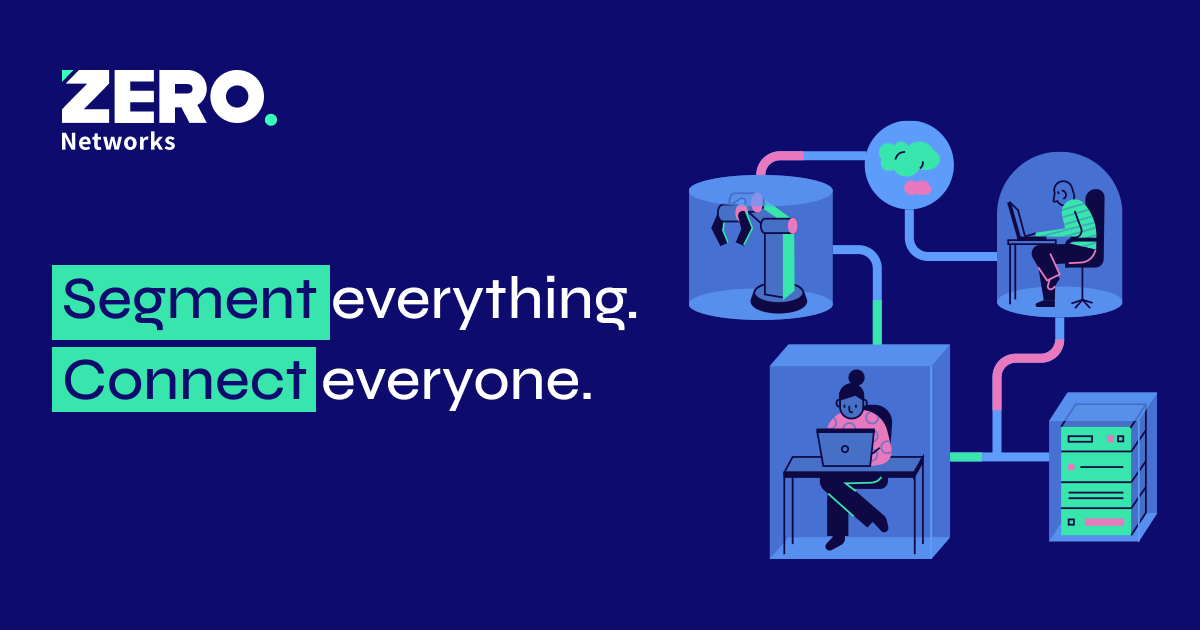
The Evolution of Security Practices in Software Development
In a recent GitLab thought leadership roundtable, industry leaders discussed the challenges and strategies for enhancing security in software development. The panel consisted of esteemed professionals Scott Hellman, Supervisory Special Agent at FBI; Brian Wald, Sr. Director, Global Field CTO at GitLab, Colin Rand, EVP Product & Engineering, Cloud Edge Security at SonicWall; and was moderated by Den Jones, Founder & Chief Executive Officer at 909Cyber.
Key Takeaways
From DevOps to DevSecOps: A Paradigm Shift
In today's complex software development landscape, the evolution from the DevOps model to DevSecOps is pivotal. Rand pointed out that DevSecOps is essentially an enhanced layer atop DevOps, promoting greater collaboration and security consciousness. Wald agreed, emphasizing this shift also means placing a larger burden on developers who need to manage these tools and understand the organizational policies.
Security: A Priority, Not An Afterthought
Panelists stressed that security needs to be accepted not as an afterthought, but as a key driver of software development. In discussing coding for a service versus a product, Rand reminded attendees that, "you, the owner of the service, are responsible for the security of the data, of the operation, start to finish". He encouraged companies to provoke a mindset shift, convincing developers to prioritize security and use industry best practices to prevent secrets from being stored in repositories.
Balancing Security and Productivity
Panelists shared several anecdotes to highlight the tendency of developers finding workarounds to security measures. This balance between security and availability, as Hellman noted, often leads to potential security breaches. He stressed the need for effective tooling and proactive threat hunting measures to reduce these risks. In Wald's words, "organizations should be implementing checks and balances...put the guardrails around your development organization to prevent those things on top of the people and culture aspect".
Managing Legacy Applications
Panelists also discussed the challenges of managing security for legacy applications, resonating that it’s important to conduct security assessments and identify vulnerabilities. Wald guided, "prioritize them based on their severity and potential impact". He recommended using Software Composition Analysis (SCA) tools and creating Software Bill of Materials (SBOMs) to provide a detailed list of all the software components, including their vulnerabilities.
The Role of AI in Securing DevOps
The webinar touched upon the controversial yet top of mind issue of AI's role in securing DevOps. While Rand saw potential in AI assisting with code reviews rather than generating code, Wald underlined the need for architectural guardrails to mitigate risk perception of vulnerabilities and reduce false positives.
The Importance of Infrastructure as Code
Infrastructure as Code (IaC) was hailed as a crucial element in ensuring secure software development, because it facilitates a better understanding and control of the production environment.
Final Thoughts
The panel reiterated the importance of integrating best practices for security in software development. The need to prioritize risk, understand application risk profiles, and invest in modernizing applications were echoed throughout the webinar.
As the software development landscape evolves, the focus must invariably remain on a secure, proactive, and aware development process that embraces automation and good practices. Clearly, the human element remains as pivotal as ever - shaping not only the development of the tools and practices but also their use, adaptation, and acceptance in a dynamically evolving field.
This topic was a clarion call for developers and organizations to create a development workflow where the secure path is not the one of resistance, but of preference, leading to safer and more robust applications.
Related Articles
Join The GBI Impact Community
Sign up to make an impact and hear about our upcoming events
By registering anywhere on the site, you agree with our terms and privacy policy



